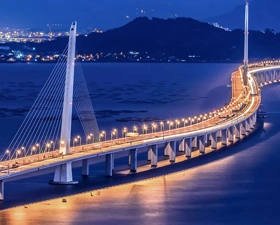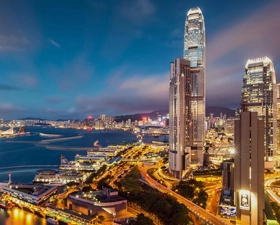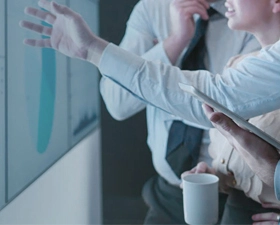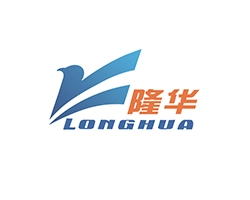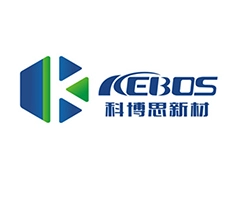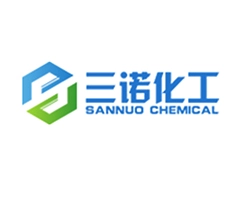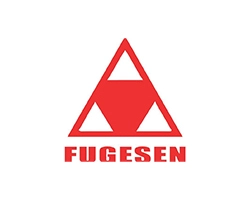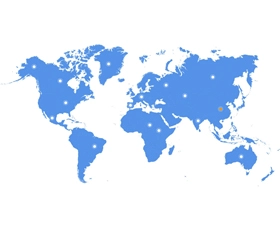In the intricate web of industrial processes, the significance of maintaining optimal temperatures cannot be overstated. Industrial cooling systems play a pivotal role in ensuring machinery operates efficiently, minimizing wear and tear, and creating a conducive environment for both equipment and workers. This article delves into the fundamentals of industrial cooling systems, explores the three primary types, and sheds light on the most widely embraced design.
What is an Industrial Cooling System?
An industrial cooling system is a comprehensive setup designed to regulate and maintain the temperature of equipment, processes, or large-scale facilities within industrial settings. These systems prevent overheating, enhance operational efficiency, and contribute to the longevity of machinery. Industrial cooling is vital across various sectors, including manufacturing, power generation, and chemical processing.
The Three Types of Cooling Systems
Air Cooling Systems:
An industrial air cooling system is a widely used method where ambient air is circulated by equipment or machinery to dissipate heat. Fans or blowers facilitate the exchange of heat with the surrounding air. While cost-effective and straightforward, air cooling may have limitations in environments with high temperatures or limited air circulation.
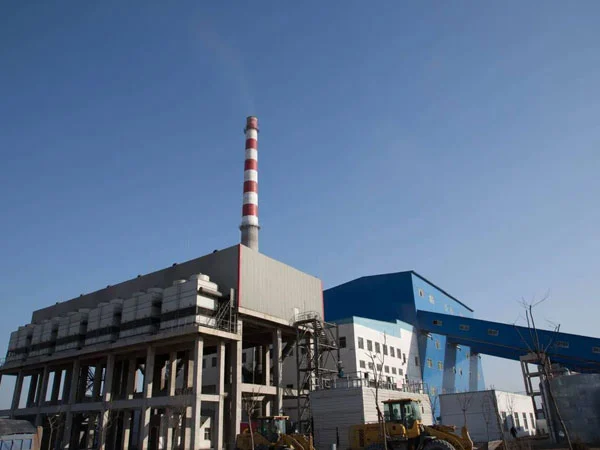
Water Cooling Systems:
Water cooling involves the circulation of water through a system to absorb and carry away heat. This method is highly efficient and is often employed in industries with high heat dissipation requirements. Water cooling systems can use open-loop or closed-loop configurations, and they are known for their effectiveness in maintaining stable temperatures.
Hybrid (Combination) Cooling Systems:
Hybrid systems combine elements of both air and water cooling. This approach leverages the strengths of each method to optimize overall cooling efficiency. For instance, a system might use air cooling for some components and water cooling for others based on specific requirements.
The Most Widely Used Industrial Cooling Design
Among the various cooling designs, the most widely adopted in industrial settings is the Closed-Loop Cooling System. Also known as a closed-circuit or recirculating system, this design involves the continuous circulation of a cooling fluid (often water or a specialized coolant) through a closed loop that absorbs and transfers heat away from the equipment. The heated fluid is then circulated to a cooling device, such as a heat exchanger or cooling tower, where the heat is dissipated, and the cooled fluid is returned to the system.
Closed-loop systems offer several advantages, including:
Precision Control: The closed-loop design allows for precise control over temperatures, ensuring optimal operating conditions.
Reduced Environmental Impact: Many closed-loop systems are designed to be water-efficient and can incorporate environmentally friendly cooling fluids.
Minimized Contamination Risks: The closed nature of the loop minimizes the risk of contamination, making it suitable for industries with stringent cleanliness requirements.
Industrial cooling systems stand as pillars supporting the efficiency and longevity of industrial operations. By understanding the three primary types of cooling systems and recognizing the prevalence of closed-loop designs, industries can make informed decisions to ensure optimal performance, reduce energy consumption, and contribute to sustainable practices in the evolving landscape of industrial processes.


 EN
EN
 jp
jp  ko
ko  fr
fr  de
de  es
es  it
it  ru
ru  pt
pt  ar
ar  tr
tr 
